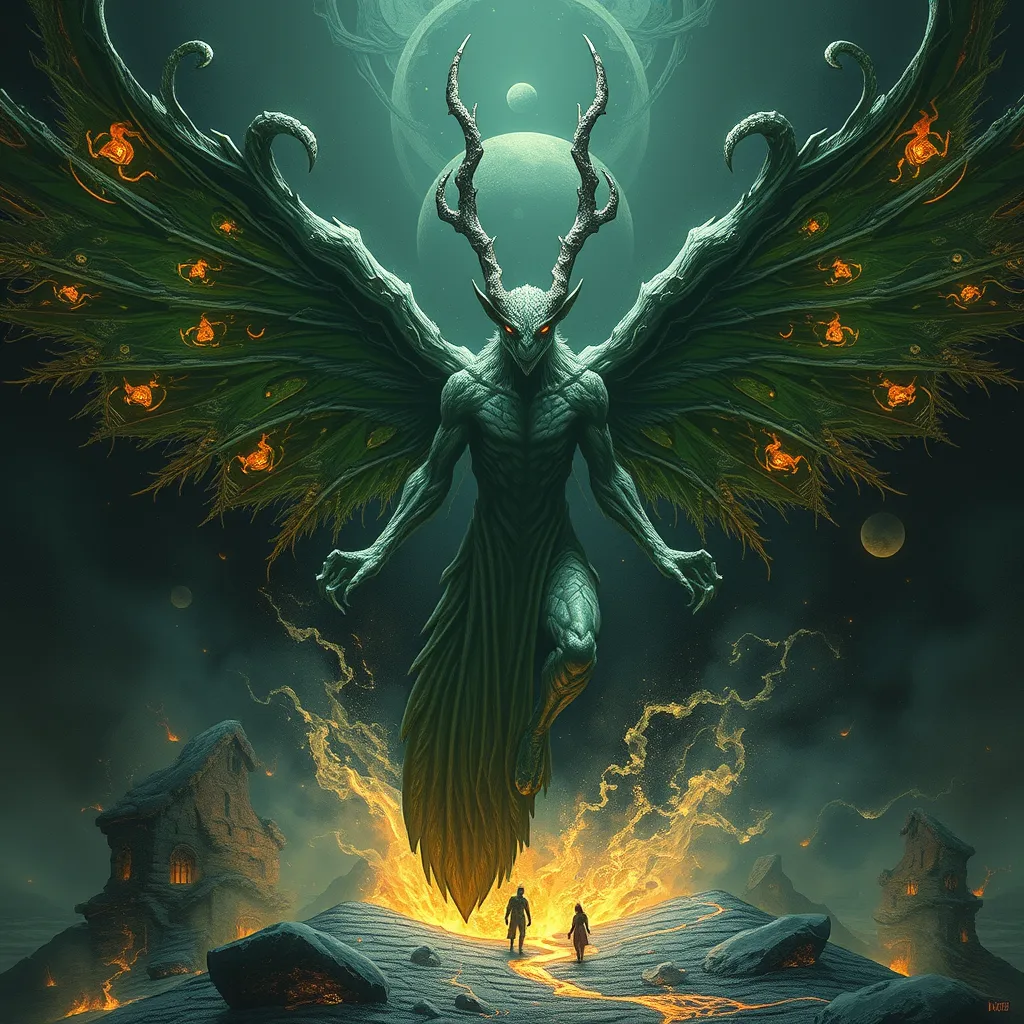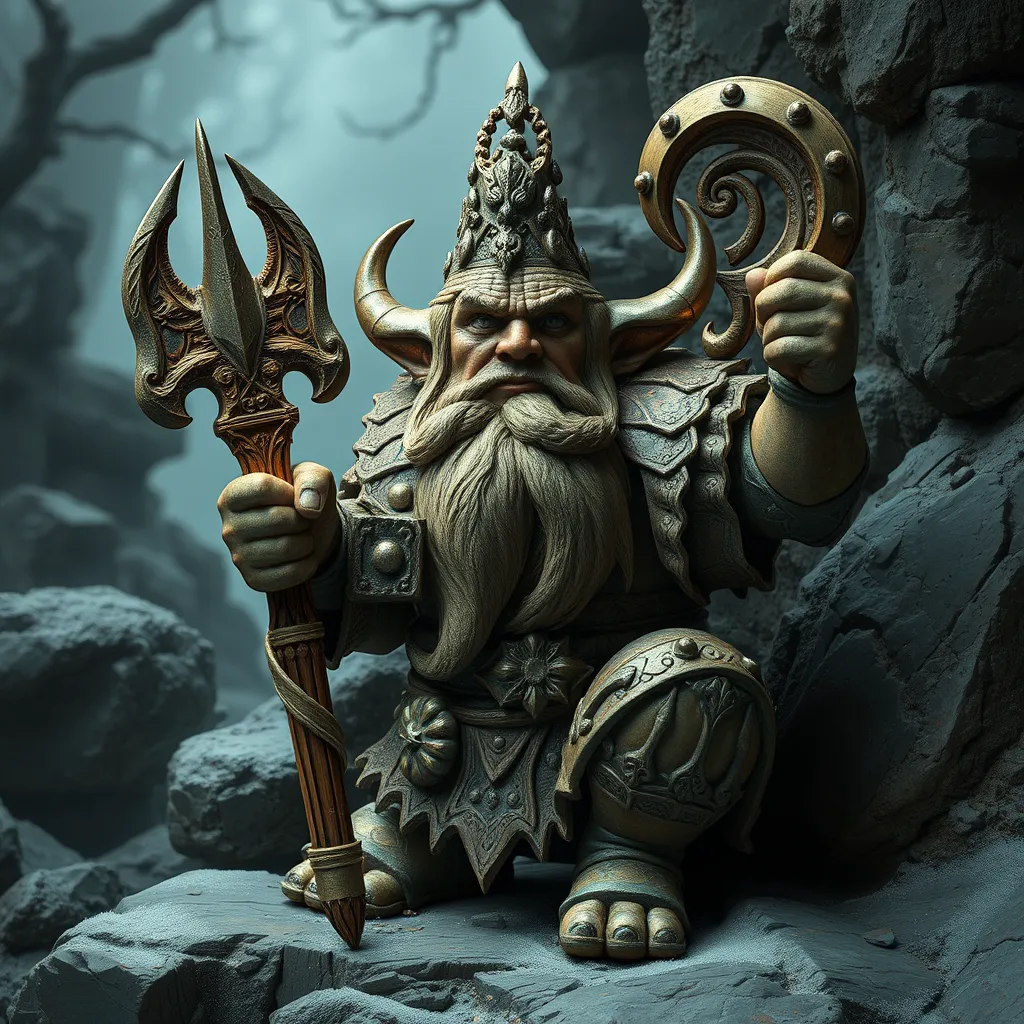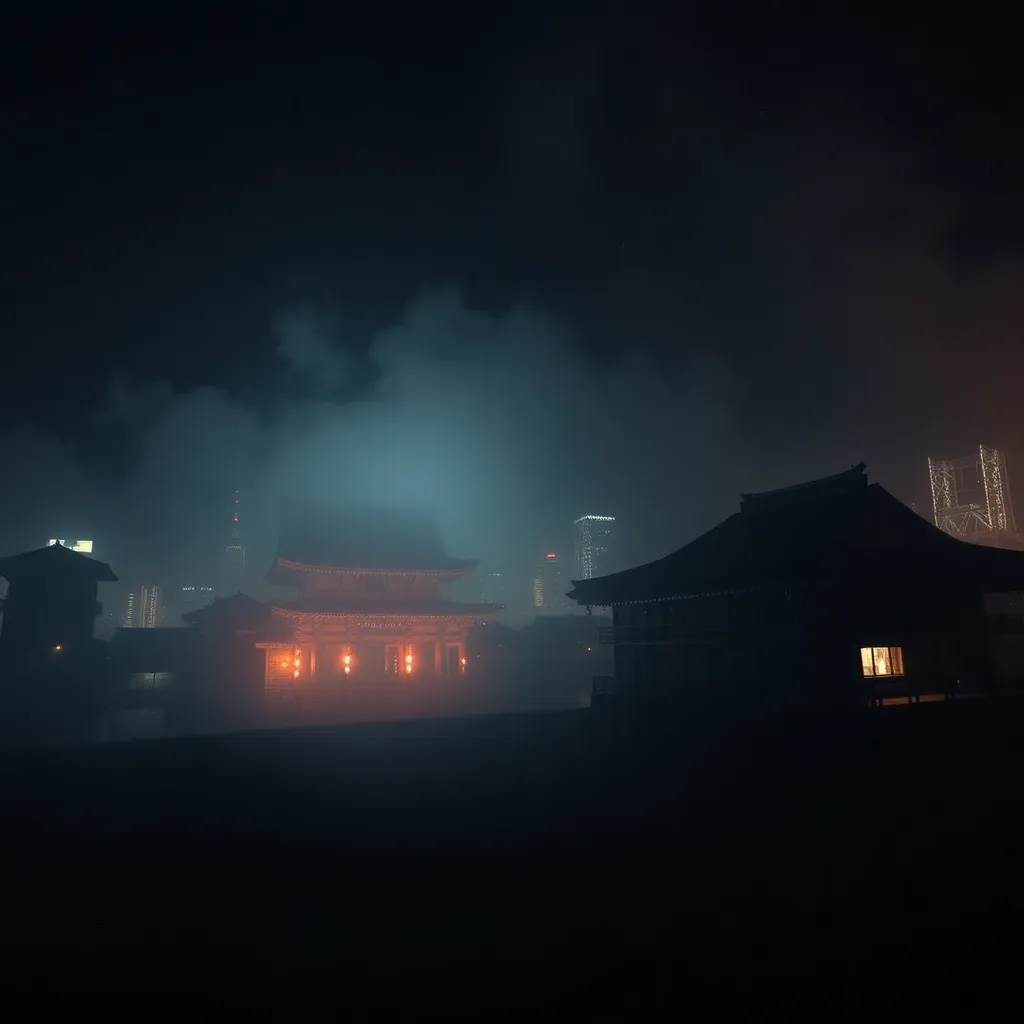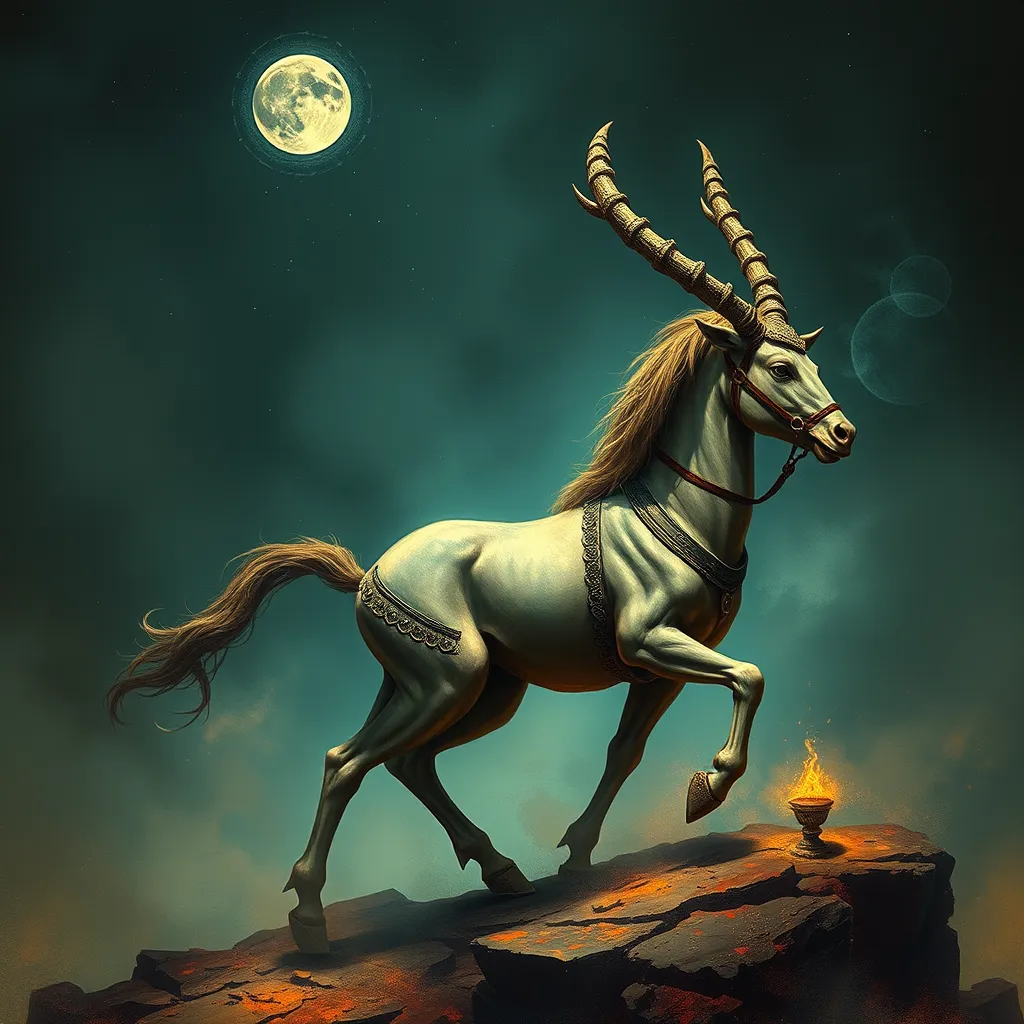The Banshee’s Origins: Tracing the Evolution of the Myth
I. Introduction to the Banshee Myth
A. Definition of the Banshee
The Banshee, known as “Bean Sí” in Irish, is a female spirit in Irish mythology, often depicted as a harbinger of death. Traditionally, she is described as a wailing woman whose lamentations signal the impending death of a family member.
B. Overview of its significance in folklore
The Banshee serves as a poignant reminder of mortality and the connections between the living and the dead. Her presence in folklore highlights the importance of ancestry and the emotional landscape surrounding loss and grief.
C. Purpose of the article
This article aims to explore the historical roots, cultural significance, and contemporary interpretations of the Banshee myth, shedding light on how this figure has evolved over time and its relevance in modern society.
II. Historical Roots of the Banshee
A. Ancient Celtic beliefs and traditions
The Banshee’s origins can be traced back to ancient Celtic beliefs where the supernatural was deeply intertwined with the natural world. The Celts believed in a realm of spirits that influenced their lives, and the Banshee was one of these ethereal entities.
B. Early mentions in literature and oral traditions
References to the Banshee can be found in various texts and oral traditions. One of the earliest mentions appears in the 12th-century tale “The Book of Leinster,” which describes her as a sorrowful figure associated with noble families.
C. Connection to ancestral spirits
The Banshee is often seen as an ancestral spirit, a protector of the family’s lineage. This connection emphasizes the importance of heritage and the belief that the dead watch over their living descendants.
III. The Banshee in Irish Folklore
A. Regional variations of the Banshee myth
In Ireland, the Banshee myth varies significantly by region. For instance, in some areas, she is depicted as a beautiful woman, while in others, she appears as a haggard old crone. These differences reflect local beliefs and customs surrounding death.
B. The role of the Banshee in Irish family culture
In Irish culture, the Banshee is often viewed as a guardian spirit, particularly for noble families. Her cries are believed to be a personal warning, linking her directly to the family’s fate.
C. Common characteristics and descriptions
- Long, flowing hair
- Pale, ghostly skin
- Wailing or keening sounds
- Association with specific families or clans
IV. The Banshee Across Cultures
A. Comparison with similar figures in other cultures (e.g., La Llorona, the Weeping Woman)
Similar to the Banshee, figures like La Llorona in Latin American folklore embody the themes of loss and mourning. Both figures serve as cautionary tales, alerting communities to the consequences of actions and the pain of bereavement.
B. The global spread of the Banshee myth
As Irish immigrants spread across the globe, so too did the myth of the Banshee. Today, she is recognized not only in Ireland but also in various countries with Irish diaspora, adapting to local cultures and beliefs.
C. Adaptations and reinterpretations in various societies
Over the years, the Banshee has been reinterpreted in different contexts, often blending with local myths to create unique versions of the spirit that reflect the cultural landscape of the area.
V. The Banshee in Literature and Popular Culture
A. Depictions in classic literature
The Banshee has made appearances in classic literature, including works by authors like W.B. Yeats and James Joyce, who utilized her as a symbol of loss and the passage of time.
B. Modern representations in films, TV shows, and music
In contemporary culture, the Banshee has been featured in films such as “The Secret of Roan Inish” and TV shows like “Supernatural.” These portrayals often emphasize her eerie cry and connection to death.
C. The impact of these portrayals on public perception
The representation of the Banshee in modern media has contributed to a more generalized fear of death and the supernatural. However, these portrayals can also evoke empathy, illustrating the emotional weight of mourning.
VI. Symbolism and Themes Associated with the Banshee
A. The Banshee as a symbol of death and mourning
As a symbol of death, the Banshee embodies the inevitability of loss. Her wails are a reminder of the fragility of life and the sorrow that accompanies death.
B. Exploration of gender roles and feminine archetypes
The Banshee represents a complex feminine archetype, often tied to notions of power, grief, and the societal expectations placed on women. She challenges traditional gender roles by embodying both beauty and horror.
C. The Banshee as a harbinger of change
Beyond death, the Banshee symbolizes change and transformation. Her presence can indicate not only the end of life but also the beginning of new phases, urging individuals to reflect on their own journeys.
VII. Contemporary Interpretations and Beliefs
A. The Banshee in modern spiritual practices
In modern spirituality, some individuals view the Banshee as a protective spirit, one who offers guidance and solace in times of grief. Her role has evolved from a mere omen of death to a figure of comfort.
B. Evolving beliefs and attitudes towards the myth
As society becomes more open to discussions around death and spirituality, beliefs about the Banshee have shifted. Many see her not as a terrifying figure but as a compassionate guardian of the dead.
C. The resurgence of interest in folklore and its meanings
With a growing interest in folklore and cultural traditions, the Banshee has regained attention. People are exploring her significance as a cultural icon and what she represents in the context of modern life.
VIII. Conclusion
A. Summary of key points
The Banshee’s myth encapsulates themes of death, mourning, and the connection to ancestral spirits. Her evolution from ancient Celtic traditions to contemporary interpretations highlights the enduring nature of folklore.
B. Reflection on the enduring legacy of the Banshee myth
As a symbol of the human experience with loss, the Banshee continues to resonate with people today, reminding us of our shared vulnerabilities and the importance of remembering those who have passed.
C. Invitation for further exploration of folklore and its relevance today
In a world increasingly disconnected from its past, exploring myths like that of the Banshee offers valuable insights into our cultural heritage and the timeless themes of love, loss, and resilience.



